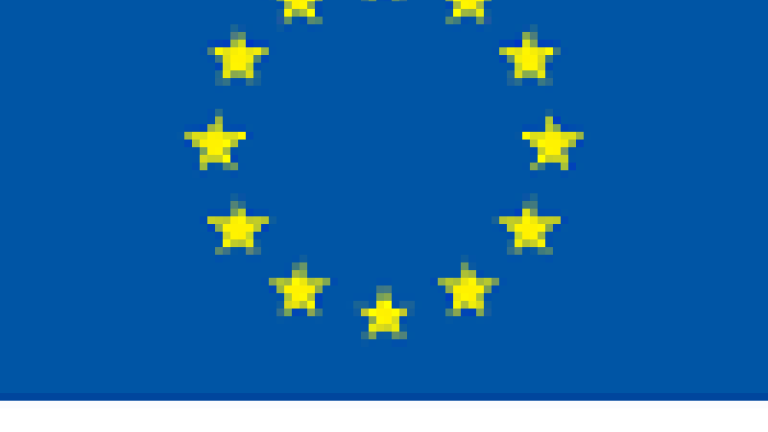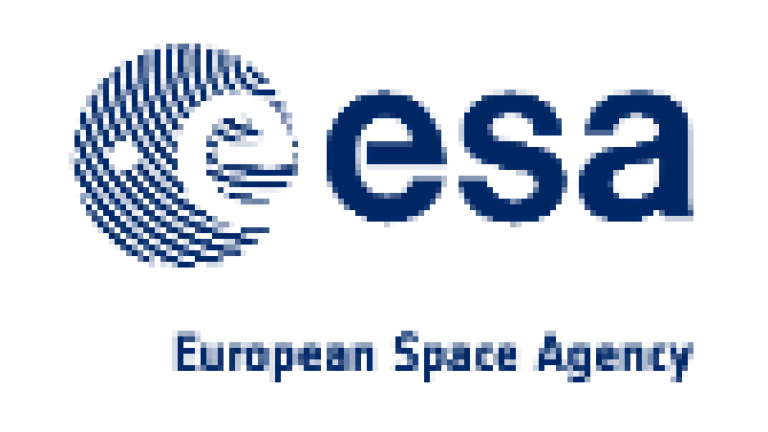
The Sentinel satellites are the space-observing part of the Copernicus system. Data coming from the Sentinels is used to deliver Copernicus Services as well as being used by companies to deliver products and services. In this project, we are concerned with products and services which use some data coming from Sentinel satellites and analyze their impact and value to society and the citizen.
The Sentinel benefits Study (SeBS) looks to develop cases showing how EO-derived products, based on data generated by one or more Sentinel satellites, deliver value to society and the citizen. Under the first phase of work, 3 cases were analyzed and this project will consider at least 20 more. We analyze the impact using a methodology developed during the first phase of work but with some additional elements to extend the analysis.
The impact of a product or service supported by Sentinels’ data is evaluated down the value chain which is impacted. The methodology starts with a primary user and looks at how they use the product in their operations. Hence a "case" is based on a product which is operational, in other words embedded in the operations of the primary user. This is key as without this criteria, a value chain will not have become established. The analysis continues by looking at how the primary user's activities impact others. The impact is analyzed for each step in the value chain passing from the immediate beneficiaries step by step along to citizens and society.
While the initially developed methodology allowed the benefits to be assessed in economic terms, in this project, modifications to the methodology will also bring in other benefits such as reduced pollution or other environmental benefits.
IIASA ESM is a sub-contractor in this project, which is led by the European Association of Remote Sensing Companies (EARSC). The project is funded by the European Union and European Space Agency (ESA).
Funded by the European Union and ESA



